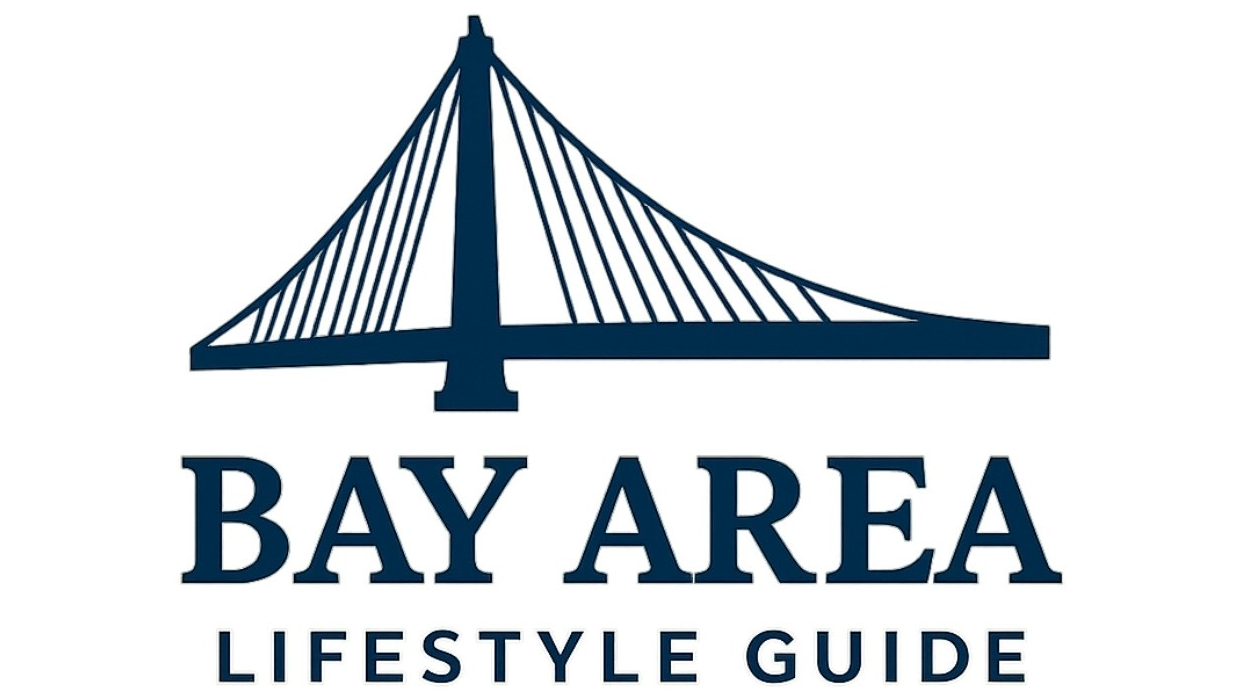
US DOT Pulls Funding: A Shift Away from Community Connectivity
In a surprising and alarming turn of events, the US Department of Transportation (DOT) has terminated various federal transportation grants aimed at multimodal projects that prioritize pedestrian and cycling infrastructure. This decision comes as communities across the nation, including New Mexico and Connecticut, received notifications that their grants designed for bike lanes, walking paths, and safer transit options were now considered "non-car-focused" and thus deemed unworthy of funding.
The affected projects included significant developments like a multi-use bike and walk trail along the Naugatuck River and the last miles of a rail trail in the heart of Albuquerque. These initiatives had originally secured funding under the Biden administration's Rebuilding American Infrastructure With Sustainability and Equity (RAISE). However, in a clear shift in policy, the Trump administration, having altered the program to Better Utilizing Investments to Leverage Developments (BUILD), appears to reallocate funds towards projects that emphasize vehicular travel instead.
Understanding the Implications: Multimodal Transport vs. Car-Centric Policies
The rejection of these grants raises essential questions about transportation priorities in America. While the January notice of the BUILD program suggested a balance between motorized and non-motorized transport, recent actions have starkly illustrated a preference for car-focused planning. Infrastructure reducing vehicle capacity or aimed at improving walkability and bike accessibility is increasingly viewed with skepticism by the DOT. This car-centric approach is concerning, especially in urban areas where public and alternative forms of transportation could transform neighborhoods and enhance quality of life.
Rick Dunne, Executive Director of the Naugatuck Valley Council of Governments, expressed the community's frustration: "If your definition of improving quality of life is promoting vehicular travel, that’s just on its face bad. Increase vehicle travel, increase pollution, increase safety risks." Such sentiments echo across numerous communities that are striving to create safer and more inclusive environments.
Similar Trends from the Past: A Historical Perspective
This isn’t the first time that shifts in transportation policy have impacted communities unevenly. Historical precedents demonstrate that federal funding decisions often favor highways and road infrastructure over public transit and active transportation projects. The 1950s and 1960s, for example, witnessed urban renewal projects that decimated neighborhoods to make way for auto-centric development.
Such historical context highlights the cyclical nature of policy and funding priorities, reinforcing the importance of advocating for a balanced approach that considers the needs of all community members, not just vehicle drivers.
Potential Community Solutions: The Call for Advocacy
As these communities grapple with the sudden loss of funding, it’s crucial to mobilize grassroots initiatives. Local leaders and residents can draw on their voices to advocate for more inclusive transportation policies. Emphasizing the social benefits of bicycle lanes and walking trails—such as improved public health, reduced traffic accidents, and environmental sustainability—could sway future decisions.
Communities must unite to send a clear message: pedestrian and cyclist-friendly projects are not a luxury but a necessity. Educating the public about the economic and social benefits of such infrastructure can help shift priorities back towards community-oriented solutions.
How This Affects the Bay Area: A Community Perspective
Locally, in the San Francisco Bay Area, the implications of these decisions resonate deeply. As a region celebrated for its vibrant arts and culture, the residents have shown a commitment to sustainable and active living. Programs aimed at enhancing bike trails or safe walking routes would not only promote healthier lifestyles but also invigorate local businesses and cultural scenes.
The Bay Area, known for its progressive transportation initiatives, can set a precedent for other regions by pushing back against these federal policies. By fostering a culture that champions multi-modal infrastructure, the local community can advocate for ongoing investment in projects that help not only transportation but also the health of its citizens.
A Call to Action: Evaluate and Engage
As concerned residents of the Bay Area and advocates for community-focused policies, it’s time to engage with local leaders, demonstrate civic resolve, and ensure that funding for multimodal projects remains a priority. It’s essential now more than ever to unify to uphold the spirit of connectivity and accessibility that defines vibrant communities.
The US DOT's recent actions represent an alarming trend that could undermine community health and safety. By sharing personal stories of the importance of non-vehicular infrastructure, you can help raise awareness and support for these necessary projects. Engage with local initiatives, participate in civic discussions, and advocate for a transportation future that benefits all residents—whether they walk, bike, or drive.
 Add Row
Add Row  Add
Add 



Write A Comment